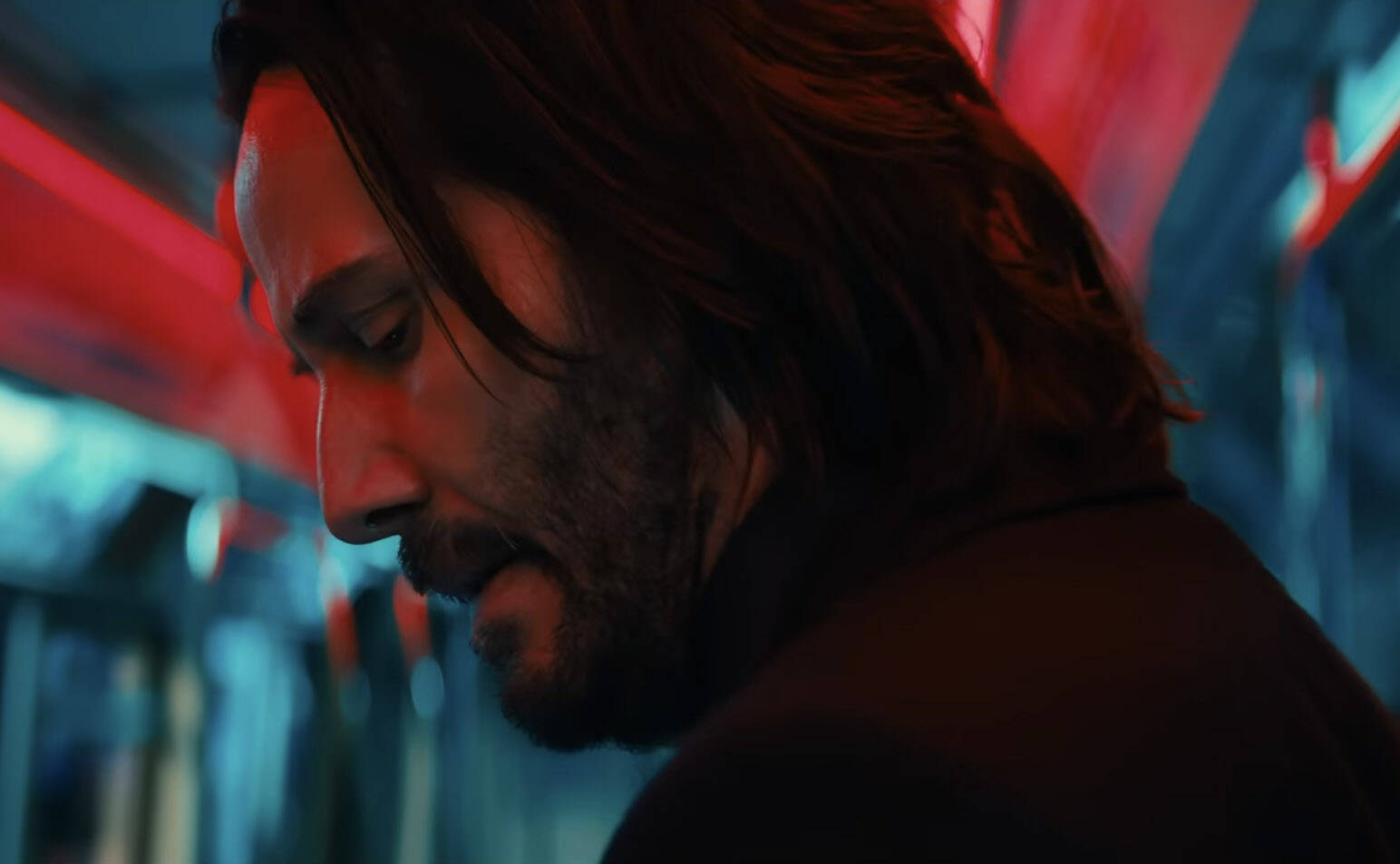In the showstopping, approximately 40-minute long, third-act action sequence of “John Wick: Chapter 4,” star Keanu Reeves and director Chad Stahelski prove — for the fourth time — that they are the best duo in contemporary action cinema.
That sequence alone features at least four distinct set pieces that could have alone been the best part of any other film — and it does them better. Despite the staggering length, the duo show stunning versatility and creativity in each set piece — constantly upping the stakes and introducing fun new concepts.
Since 2014, “John Wick” has been — perhaps too quietly — some of the most fun action fare to be found at the theaters. A big part of that appeal is the cinematography — with inventive camera work and imaginative action. There’s a style and a visual identity on showcase in “John Wick” that simply isn’t found in many of its peers — especially when it comes to the vibrant color.
With “Chapter 4,” Stahelski and Reeves stick the landing.
Clocking in at just under three hours, “Chapter 4” is by a considerable margin the longest film in the franchise, and though that length definitely begins to wear, especially toward the middle, it establishes itself easily as the franchise’s best — and offers a satisfying conclusion to its central narrative.
Picking up in the immediate aftermath of “John Wick: Chapter 3,” the film follows Wick’s crusade against the High Table, the rulers of the franchise’s intricately crafted underworld of assassins and crime syndicates. The Marquis, a member of the High Table played by Bill Skarsgård, has infinite resources at his disposal to bring down Wick, in the first truly international entry in the franchise — set in Japan, Germany and France.
In “Chapter 4,” the action is bigger and more inventive, but its strength is in its ability to create tension, especially in the moments outside of the action. We’ve seen John Wick kill just short of 300 people before the start of this film, it’s no small feat to maintain the stakes as he ups that count beyond 400.
The thematic heart of the film is the question posed to Wick by almost every character he interacts with, “Where does this end?”
It’s easy to forget because the franchise is rapidly approaching a span of 10 years, but the events of the series are still largely confined to what seems to be a month or so at most — “Chapter 3” was set only a week after 2014’s “John Wick.”
Only a month ago, Wick was a lonely man grieving his late wife. At this film’s onset, he is vengeance incarnate — he brought down a crime syndicate for killing his dog, he cast aside the rules of the underworld he once served, and he declared war on the collective rulers of that underworld — a war he seems plenty capable of winning.
For a series that might seem more interested in how it can most interestingly deliver bloody kills for onscreen spectacle, there’s surprising depth to be found here as Reeves’ Wick is forced to reckon with the possibility that he will never find peace or freedom. That struggle is mirrored in new addition Caine, played by Donnie Yen. He, like Wick, tried to step away from the underworld, but finds his ties too difficult to break.
“Chapter 4” also asks questions about legacy — how each of us would want to be remembered.
These themes are largely centered around Lance Reddick’s Charon, and are given additional weight by the actor’s sudden and tragic death this month at the age of 60. Reddick, who has played the character in each “John Wick” film, hasn’t had much direct impact, but has quietly been a favorite as the taciturn concierge of New York’s Continental Hotel.
“John Wick: Chapter 4” is the crowning accomplishment in the best contemporary action series. Though three hours is a bit much, I had entirely forgotten any fatigue by the end of its masterpiece finale. The franchise continues to innovate — somehow delivering genre-defining highs in its fourth entry.
Though this film wasn’t marketed as an ending, it certainly seems to be the start of at least a break for Reeves and Stahelski, and it’s a very satisfying one. A Chapter 5 has not been announced, but the franchise has plenty of energy left in it by way of its extended cast.
Several interesting characters have been left in Wick’s wake, and others were introduced in this film who seem destined for their own stories, like Rina Sawayama’s Akira and Shamier Anderson’s Mr. Nobody. There will be more Wick on theater screens next year with “Ballerina,” a spinoff starring Ana de Armas as a character introduced in “Chapter 3” and still featuring Reeves in a supporting role.
Expanding the franchise beyond Wick — at least for now — and telling more varied stories with its unique world is a best-case scenario for me. I’m also plenty excited to see where Stalhelski, a stunt coordinator — who once was Reeves’ stunt double — now turned director whose only directing credits are the four “John Wick” films, goes next.
Reach reporter Jake Dye at jacob.dye@peninsulaclarion.com.

